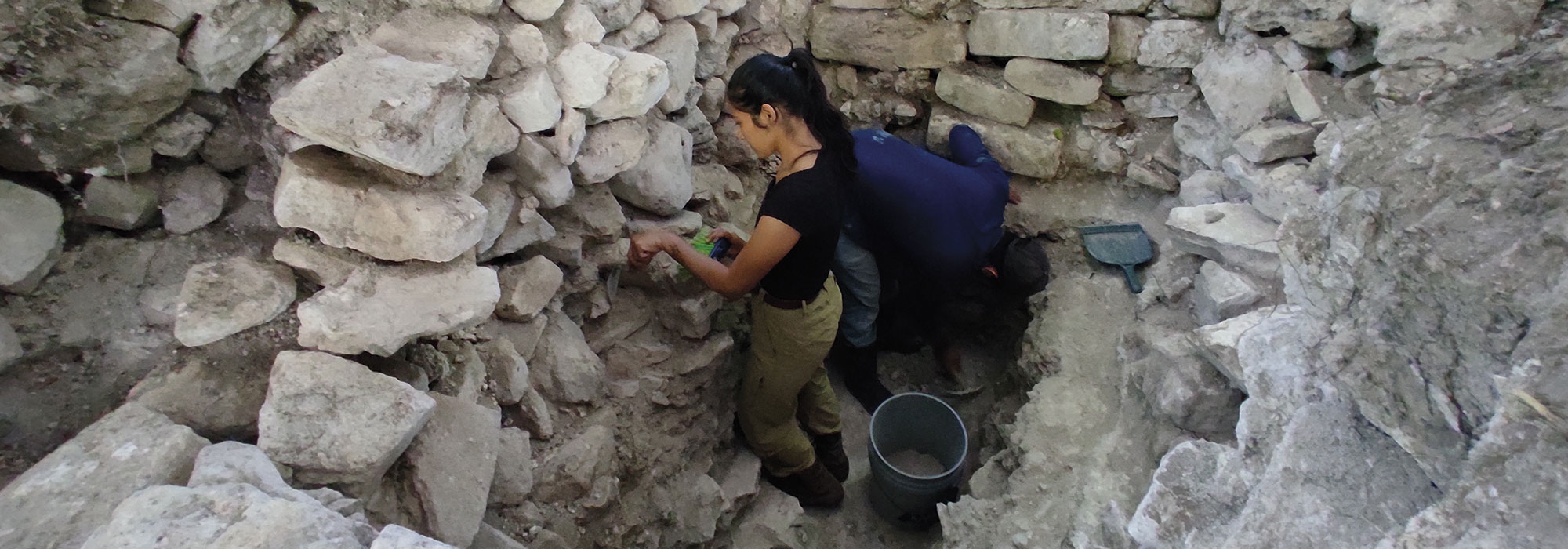MILAN, ITALY—According to a Gizmodo report, researchers led by Gaia Giordano of the University of Milan have detected traces of Erythroxylum coca, the plant used to produce cocaine, in brain matter scraped from skulls recovered from the Ca’Granada crypt, a burial site located near a hospital that treated the poor of Milan in the seventeenth century. No records of the medicinal use of the drug in the hospital have been found, however. The presence of the substance hygrine in the samples indicates that the individuals had chewed the plant’s leaves, perhaps to experience its euphoric effects, the researchers explained. It had been previously thought that cocaine had not been introduced to Europe until the nineteenth century, since most of the earlier attempts to transport the plant from South America had been unsuccessful. Read the original scholarly article about this research in Journal of Archaeological Science. To read about traces of coca and other psychoactive plants identified in the hair of mummies from southern Peru, go to "Earliest Ayahuasca Trip."
Traces of Coca Plant Detected in 17th-Century Remains in Italy
News August 29, 2024
Recommended Articles
Digs & Discoveries January/February 2026
The Lion of Venice Roars

Digs & Discoveries January/February 2026
A Sicilian Gift Horse


Off the Grid September/October 2025
Necropolis of Pantalica, Italy

-
Features July/August 2024
The Assyrian Renaissance
Archaeologists return to Nineveh in northern Iraq, one of the ancient world’s grandest imperial capitals
 (Land of Nineveh Archaeological Project)
(Land of Nineveh Archaeological Project) -
Features July/August 2024
A Dynasty Born in Fire
How an upstart Maya king forged a new social order amid chaos
 (Courtesy Proyecto Arqueológico Ucanal)
(Courtesy Proyecto Arqueológico Ucanal) -
Features July/August 2024
Making a Roman Emperor
A newly discovered monumental arch in Serbia reveals a family’s rise to power in the late second century a.d.
 (Serbia’s Institute of Archaeology)
(Serbia’s Institute of Archaeology) -
Features July/August 2024
Rise and Fall of Tiwanaku
New dating techniques are unraveling the mystery of a sacred Andean city



